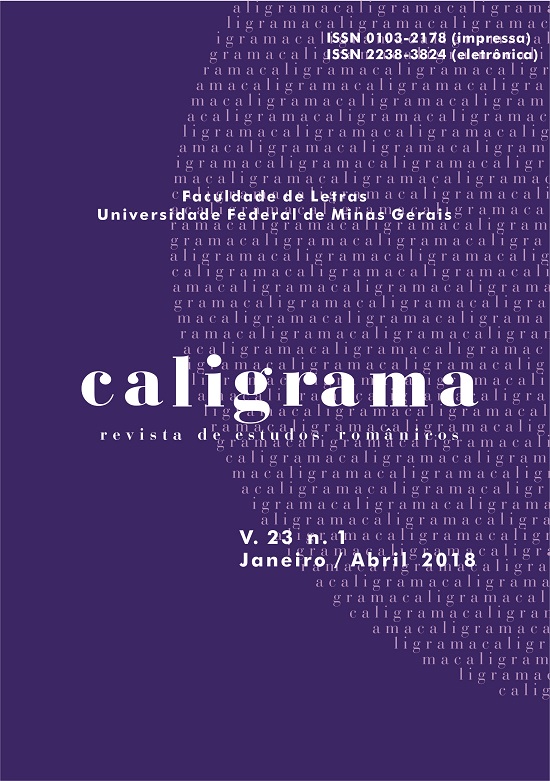Trajetórias e paisagens de exílio na narrativa de Primo Levi
DOI:
https://doi.org/10.17851/2238-3824.23.1.21-38Keywords:
exile, literature, Primo Levi.Abstract
Resumo: A obra de Primo Levi representa diversas formas do desterro – o exílio “absoluto”, o nóstos, a diáspora – que moldam a própria estrutura narrativa. A condição do exilado parece assumir a função metafórica de uma experiência histórica e humana, função que Claudio Magris atribui ao mundo judaico e que, ao mesmo tempo, se insere entre os tópicos da literatura do séc. XX. Nestes contextos distintos de exílio, o artigo evidencia as formas de descrever a paisagem estrangeira capazes de trazer à tona marcas estilísticas e narrativas do autor, em diálogo com a literatura clássica de Homero e Ovídio, e com as representações bíblicas. Esta proposta de leitura confirma a ligação estreita, presente em Levi, entre a condição de estrangeiro e a condição do ser humano no estado de exceção da Europa dominada pelo nazismo.
Palavras-Chave: exílio; literatura; Primo Levi.
Abstract: Primo Levi’s work portrays several exile forms: the “absolute” exile, the nóstos, the diaspora. These are kinds of exile that help shaping the narrative structure itself. The exiled seems to assume a metaphoric function for both historical and human condition. According to Claudio Magris, this function can be, at the same time, related to the Jewish world and inserted among literary topics from the 20th century. Drawing on those distinct contexts of exile, this article shows how the descriptions of the foreign landscape are evidence to the author’s stylistic and narrative features, in connection with the classic literature of Homer and Ovid, and with the biblical representations. This analysis proposal confirms the close connection, present in Levi, between the status of foreigner and the condition of the human being in the state of exception of Europe dominated by Nazism.
Keywords: exile; literature; Primo Levi.





